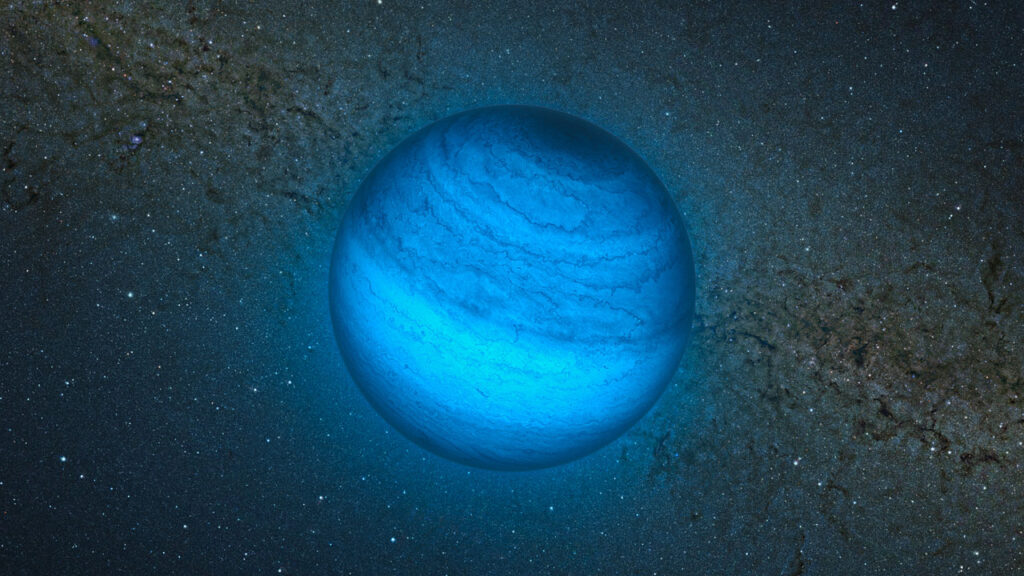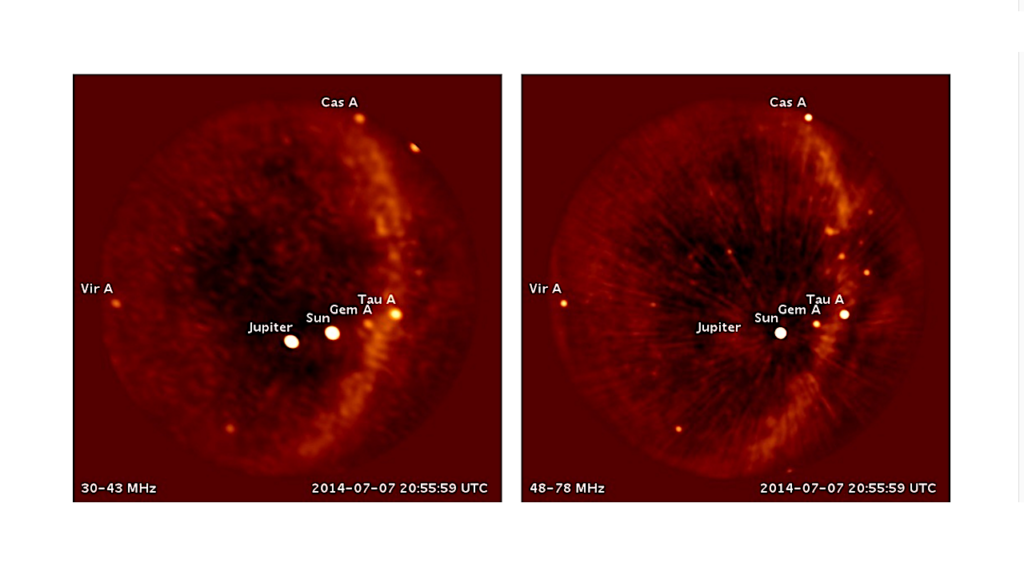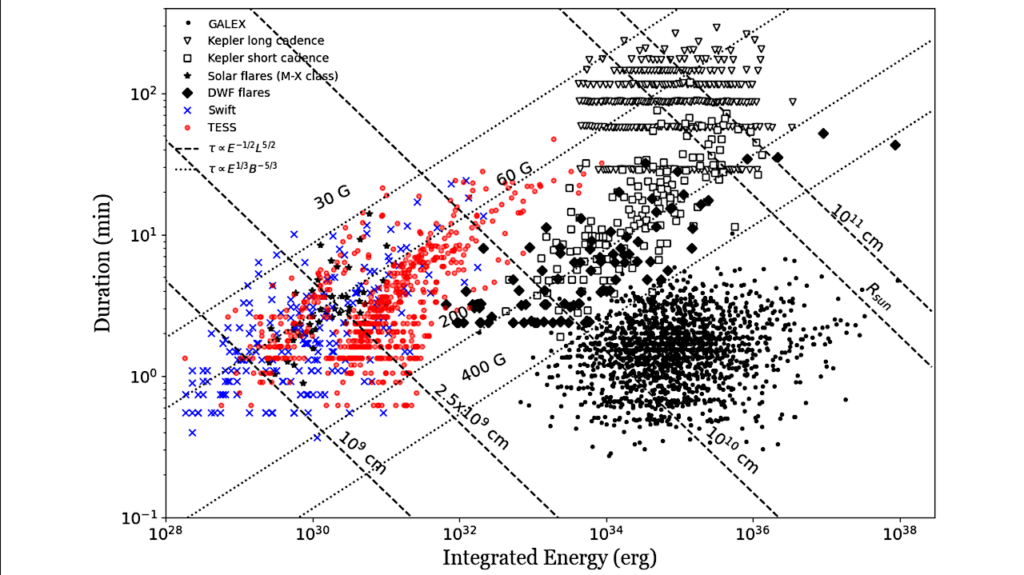Cloud Atlas: High-Contrast Time-Resolved Observations of Planetary-Mass Companions

Directly-imaged planetary-mass companions offer unique opportunities in atmospheric studies of exoplanets. They share characteristics of both brown dwarfs and transiting exoplanets, therefore, are critical for connecting atmospheric characterizations for these objects.
Rotational phase mapping is a powerful technique to constrain the condensate cloud properties in ultra-cool atmospheres. Applying this technique to directly-imaged planetary-mass companions will be extremely valuable for constraining cloud models in low mass and surface gravity atmospheres and for determining the rotation rate and angular momentum of substellar companions. Here, we present Hubble Space Telescope Wide Field Camera 3 near-infrared time-resolved photometry for three planetary-mass companions, AB Pic B, 2M0122B, and 2M1207b. Using two-roll differential imaging and hybrid point spread function modeling, we achieve sub-percent photometric precision for all three observations.
We find tentative modulations (<2σ) for AB Pic B and 2M0122B but cannot reach conclusive results on 2M1207b due to strong systematics. The relatively low significance of the modulation measurements cannot rule out the hypothesis that these planetary-mass companions have the same vertical cloud structures as brown dwarfs. Our rotation rate measurements, combined with archival period measurements of planetary-mass companions and brown dwarfs do not support a universal mass-rotation relation. The high precision of our observations and the high occurrence rates of variable low-surface gravity objects encourage high-contrast time-resolved observations with the James Webb Space Telescope.
Yifan Zhou, Dániel Apai, Ben W. P. Lew, Glenn Schneider, Elena Manjavacas, Luigi R. Bedin, Nicolas B. Cowan, Mark S. Marley, Jacqueline Radigan, Theodora karalidi, Patrick J. Lowrance, Paulo A. Miels-Páez, Stanimir Metchev, Adam J. Burgasser
(Submitted on 31 Jan 2019)
Comments: Accepted for publication in AAS Journal
Subjects: Earth and Planetary Astrophysics (astro-ph.EP); Solar and Stellar Astrophysics (astro-ph.SR)
Cite as: arXiv:1902.00085 [astro-ph.EP] (or arXiv:1902.00085v1 [astro-ph.EP] for this version)
Submission history
From: Yifan Zhou
[v1] Thu, 31 Jan 2019 21:37:31 UTC (1,662 KB)
https://arxiv.org/abs/1902.00085
Astrobiology








